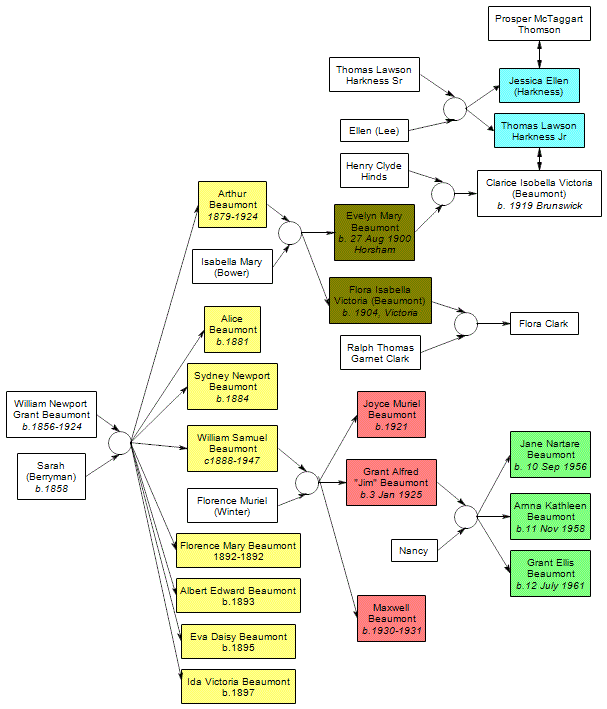Right from the start of her book, Australian crime writer Kerry Greenwood promises a lot to the reader (but mainly to herself): to try to understand the Somerton Man, her late father Al Greenwood, and the Adelaide of 1948; and to provide some explanations. Put all that together and it is, as they say, A Pretty Big Ask.
To her credit, I have to say that she really gives it a go: and for nearly a hundred pages, she actually succeeds. She reaches out towards an authorial tone that remains human(e) and well-informed – even her reminiscences of her father are of a piece with it all, and are neither excessively nostalgic nor cloying.
In fact, up to about page 95, I really felt right there with her overall project: she knows she isn’t Gerry Feltus (and frankly the world is doing OK with exactly one Gerry Feltus) and that’s OK, but she’s trying to write something else entirely, a kind of living, wharfie-centric social history, the schoonered ley lines of the underworld writing their story in dockyard scars and watch-smugglers’ high-tide japes.
But then… the hybrid / crossover narrative range sprawled janglingly out of her non-fiction reach, into a unconvincing Eton Mess of spies, hyperdontia, Israel, Berlin, ciphers, inquests, and even (I don’t want to type it but I know I have to) H. C. Reynolds. And then finished off with a 40-page Phryne Fisher short(ish) story, that feels scratchy, misjudged and dated all at the same time.
As a writer myself, I suspect it’s reasonably clear what happened. For nearly the first half the book, Greenwood works really bloody hard to summon up a kind of writing voodoo spell that I didn’t honestly think was possible: mixing Aussie dockside wisdom with a feel for a time and a place that constantly reads as though it is about to cast a light on a devilishly shadowy corner, through sheer writing force. Greenwood successfully manages to channel her fresh-faced 1975 grape-picking self talking with her dad, often as if his curly-haired ghost was occasionally casting a wry glance over her shoulder and setting right her flights of optimistic historical theorizing. And that is where her book is absolutely at its best.
And yet the remainder of the book is just so, I don’t know, disappointing and hollow. It’s not that it can’t deliver on the elevated promises made at the start (as a reader, you don’t believe that she can, but you don’t really mind as long as you enjoy the ride); it’s just that I think she used up her personal emotional reserves and will-to-get-it-done on the parts she actually knew something about – the rest she’s basically making up, and her heart and soul weren’t in it. By page 100, she’d burnt the project’s inner candle out, and had to complete the remainder by wind-up torchlight… it just wasn’t the same. (Please correct me if you think I’m wrong.)
And so… I’m kind of stuck as to what to say. It comes across as only half the book she aimed to write, but she was trying to write a book that was at least twice as hard to write as a normal book. But can a reviewer really recommend that readers buy it to read the first half of the book? It just doesn’t sound right.
Ultimately, it’s not a ‘proper’ guide to the Somerton Man mystery (Gerry Feltus’ book is as close to that as we’ll probably see this side of an identified body), nor is it a family memoir of a lost Adelaide. And yet… all I can say is that it is what it is, and you’ll buy it if you think it will work for you.
